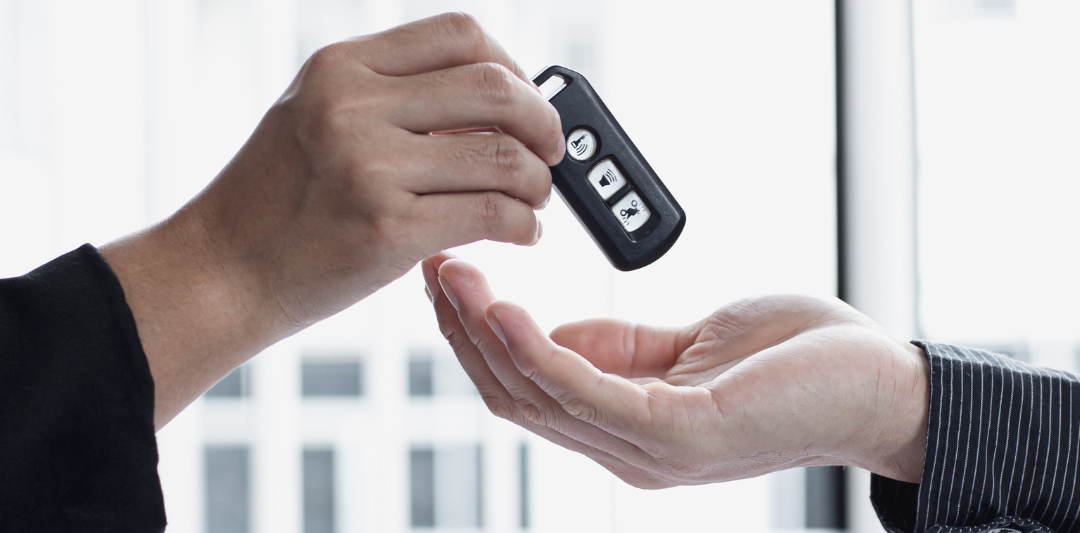
Tomás Ibañez
Director Asociado
Tenía pensado ir al cine a ver “El Renacido” aunque no soy muy fan de DiCaprio. Una amiga que sí es fan me contó que la película no le había gustado, que le sobraba una hora y que no era una historia nada creíble. La fotografía, eso sí, era buena. He decidido ahorrarme las entradas y las palomitas y esperar a verla en video o por Internet.
Este es el efecto boca a boca (“word of mouth” ó WOM en términos marketinianos): un fenómeno por el que un consumidor (emisor) comparte opiniones sobre un producto o servicio y que son recibidas por otro consumidor (receptor), que en base a esa información modifica su actitud o comportamiento hacia ese producto o servicio.
No sólo los estrenos de cine se ven fuertemente afectados por el WOM, negocios como peluquerías, dentistas o abogados, que no pueden o no quieren invertir en publicidad, nutren su cartera de clientes gracias a él.
También hay marcas grandes que han construido su éxito en base a este comportamiento de los clientes, lo han sostenido de manera efectiva a lo largo del tiempo y gracias al ello se han ahorrado mucho dinero en campañas de promoción (como es el caso famoso de Mercadona).
El WOM no sólo es ubicuo (gracias a Internet), también es muy persuasivo y más efectivo que la publicidad: la mayoría de los consumidores revisa las opiniones de otros en el momento de considerar una compra, todos confiamos más en las recomendaciones de amigos y familiares que en la información de las marcas y cada vez más decisiones son determinadas por él.
Muchas marcas viven pendientes de este fenómeno y una métrica específica, el NPS, que mide la intención de recomendar por parte de los clientes, está en el cuadro de mando de las grandes compañías.
El WOM adopta múltiples formas: puede ser positivo o negativo, cara a cara o digital, dirigido a personas de nuestro entorno o a completos desconocidos. Sin embargo, desde el punto de vista de la experiencia del cliente, ¿qué mecanismos hay detrás de este fenómeno que lo hacen tan poderoso y, sobre todo, que podemos hacer para que nos beneficie?.
¿Cómo funciona el WOM?
Os pido primero que recordéis la última vez que habéis recomendado algo a alguien (… quién lo haya hecho, pues también hay personas incapaces de recomendar, siendo más propensos a la crítica y esta es una primera regla muy marcada).
Veremos que el WOM es un comportamiento muy influido socialmente: recomendamos (o criticamos) porque en nuestro entorno saber de algo u opinar de algo refuerza nuestra posición en el grupo. Con el WOM señalamos socialmente un conocimiento del que a veces objetivamente carecemos (…somos humanos).
Por lo anterior no todos los productos o servicios son igualmente susceptibles al WOM, no es fácil imaginar a alguien recomendando su marca de papel higiénico (algo demasiado personal) o la compañía de la luz que tenemos en casa (un servicio del que sólo esperamos que funcione y nos facturen correctamente).
Desde el punto de vista del receptor está medido que el WOM es mucho más efectivo en el momento inicial de la valoración de compra (“estoy pensando qué marca comprar”) que al final del proceso y también lo es sobre decisiones de “bajo esfuerzo” p.e. elegir una película que sobre otras de “alto impacto” p.e. comprarme una casa.
También desde el punto de vista del receptor, el WOM es poco efectivo si creemos que sabemos mucho del tema en cuestión y desde luego influye mucho nuestra opinión acerca de lo confiable del emisor.
En la web se ha hecho muchísima investigación sobre hasta qué punto los ratings (las estrellitas) son lo más importante (¡lo son!), frente a los comentarios, y cómo nos afectan la cantidad y el tipo de valoraciones.
Seguro que todo esto os suena al revivir vuestra experiencia WOM pero, pensando en gestionarlo…
¿Cómo conseguir que nos beneficie?
- Empecemos por lo básico. Cumpliendo la promesa de marca a rajatabla: Mercadona tiene recomendaciones positivas porque su relación calidad-precio es siempre muy buena, así de sencillo.
- Reconociendo su importancia para nuestro negocio y actuando. En el sector de restaurantes y hoteles se está librando una cruenta batalla debido a la incidencia en el negocio de las recomendaciones en Tripadvisor, un sitio que no exige comprobación de uso por parte del cliente. Se han dado casos de compra de recomendaciones, comentarios maliciosos e incluso clientes que piden gratis el «gin tonic» amenazando con una mala crítica (… lo he visto). El problema no son las redes sociales, si no el negarse a aceptar que, ahora mismo y cada vez más, los clientes orientamos nuestras decisiones por estos medios. Los comentarios negativos no son una amenaza, debemos convertirlos en una oportunidad.
- Favoreciendo la participación de los clientes: ¿Le estamos poniendo al cliente medios adecuados y atractivos para que nos de feed back?Cuidado porque a veces pedimos feed back pero sólo de lo que nos interesa: el típico caso cuando te llaman para hacerte una encuesta de satisfacción, mencionas un problema, das una mala nota… ¡y se hacen los sordos!.También favoreciendo la implicación activa de los clientes en la definición de nuestra promesa de marca, p.e. con modelos de co-creación como los que funcionan en el mundo digital, pero que son extrapolables a cualquier negocio. Esta prácticas tienen muy buen retorno desde el punto de vista del WOM.
- La reacción rápida ante un problema del cliente es clave. El tiempo de reacción es esencial para evitar recomendaciones negativas: ¿Tenemos la orientación y los medios para recoger y resolver la insatisfacción del cliente en el mismo momento que se produce?. ¿Por qué esperar a enterarnos del WOM negativo cuando ya es más difícil de manejar?.La reacción rápida en caso de clientes recientes es muy importante: son especialmente sensibles a las incidencias y especialmente agradecidos en caso de que se las resolvamos bien, ya que estaremos reforzando su decisión de optar por nuestra marca.
- Asegurando la preparación de las personas en contacto con el cliente: ¿están las personas de nuestro equipo entrenadas para detectar una insatisfacción y gestionarla con criterio?. No me refiero sólo a la insatisfacción explícita, muchos clientes prefieren no decir nada, pero podemos detectar que algo no va bien y actuar también: no digo que el cliente siempre tenga la razón, a veces no la tiene pero es necesario explicarle bien el por qué (la promesa de marca una vez más).
Todo esto no evitará que quizá recibamos comentarios negativos, pero si hemos hecho antes los deberes, podremos convivir con ellos más tranquilamente y, desde luego, tendremos muchos más comentarios positivos.






